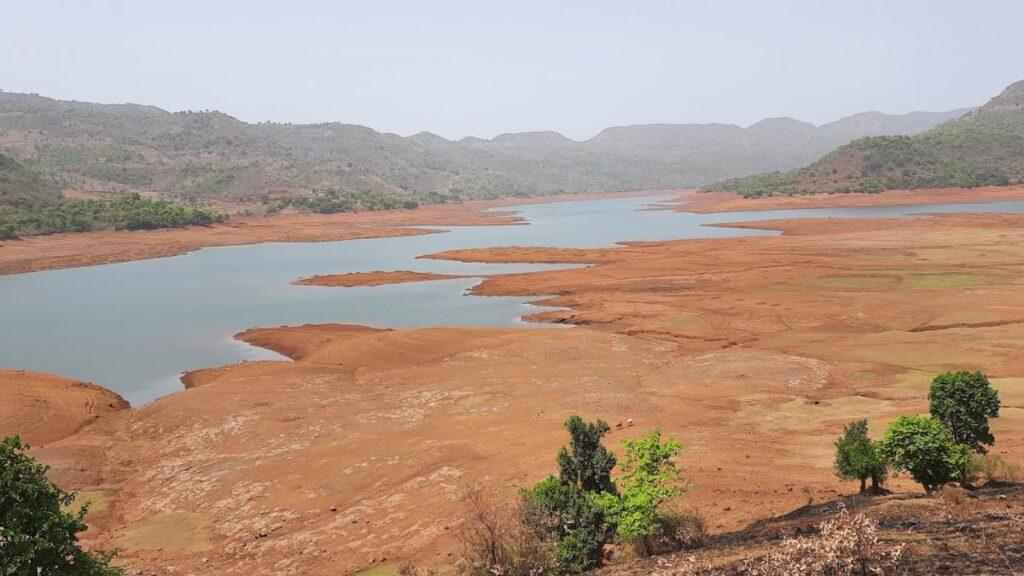Pune: Check Water Storage Status of Dams Supplying Water to Pune – Is It Better or Worse Than Last Year?

It has been a month since the IMD announced the onset of the monsoon in Pune. While the city itself has not experienced consistent rainfall, the ghat areas have been receiving good rainfall over the past few days. Residents are curious about the water storage situation in the dams supplying water to Pune.
Here, we provide a comprehensive analysis of the current water storage status across various dams that supply water to different parts of Pune.
Khadakwasla Dam Cluster
The Khadakwasla dam cluster, comprising Panshet, Warasgaon, Temghar, and Khadakwasla dams, supplies water to Pune city areas under the jurisdiction of the Pune Municipal Corporation. The collective storage capacity of this dam cluster is 825.66 million cubic meters (MCum). As of July 08, 2024, the live storage stands at 194.38 Mcum, which is 23.54 percent of the total capacity. On the same date last year, the storage was 197.26 Mcum, or 23.89 percent of the total capacity. Thus, the current water storage for Pune city is almost the same as it was last year on this date.

Mulshi Dam
Mulshi Dam, located to the west of Pune and managed by Tata Power, discharges its water into the Mula River, which flows through the Maan and Hinjawadi areas before entering Pimpri Chinchwad and eventually merging with the Mutha River at Sangam in Pune. The total storage capacity of this dam is 522.76 million cubic meters (Mcum). On July 8 last year, the live storage of this dam was 81.46 Mcum, or 15.58 percent of its capacity. This year, on the same date, the storage in Mulshi Dam stands at 90.75 Mcum, which is 17.36 percent of its capacity.

Pavana Dam
Pavana Dam, located near Lonavala, discharges its water into the Pavana River, which flows into Pune through Pimpri Chinchwad. It is the main water source for areas under the jurisdiction of the Pimpri Chinchwad Municipal Corporation. The total storage capacity of this dam is 274.32 million cubic meters (Mcum). On July 8 last year, the live storage of this dam was 63.49 Mcum, or 23.14 percent of its capacity. This year, on the same date, the storage stands at 52.86 Mcum, which is 19.27 percent of its capacity.

Kasarsai Dam
Kasarsai Dam, located near the Hinjawadi IT Park, supplies water to parts of the IT park and nearby areas. The total storage capacity of this dam is 4.32 million cubic meters (Mcum). On July 8 last year, the live storage was 3.41 Mcum, or 21.23 percent of its capacity. This year, on the same date, the storage stands at 4.40 Mcum, or 27.4 percent of its capacity.

Conclusion
The live storage figures, compared with those from the same date last year, indicate that the water reservoirs supplying various areas of Pune city are largely at similar levels. This is not very encouraging, as one month of the rainy season has already passed. If the rains do not increase within the next fortnight, the city could face a precarious water situation for the entire year, mirroring last year’s challenges with water supply.
(Data Sources: Pune Flood Control Department, Water Resources Department, Government of Maharashtra)








